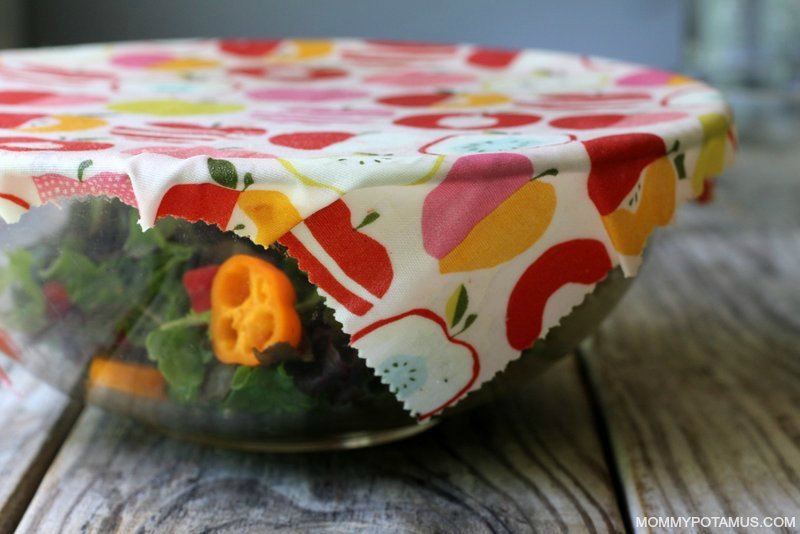Looking for the right facial toner for your skin isn’t as easy as it seems to be, especially when there’s an ocean of facial toners out there to try. We have to be certain that the ingredients in commercial facial toners are both compatible and kind to our skin (alcohol, parabens, and other harmful chemicals like salicylic acid are no-no’s!), and that there are benefits to reap (why spend on something that has no outcome, after all?).
Today, we offer an alternative to commercial facial toners that may be more cost-effective and better for your skin. Using only three key ingredients, you will end up with an amazing rose-scented toner that’s luxurious and incredibly beneficial for your skin!
Ingredients and their Benefits
– helps maintain the skin’s pH balance
– aids in controlling excess oil, and removing oil and dirt accumulated in clogged pores
– has anti-inflammatory, antibacterial and antioxidant properties
– helps hydrate, revitalise and moisturise the skin
– relieves inflammation and reduces skin irritation
– nourishes and moisturises skin
– can help tighten pores and reduce puffiness
– assists in speeding up the healing process of skin
– moisturises, nourishes and smooths skin
– maintains water balance in skin
– assist in the healing process of skin while also protecting it
– also makes skin soft and supple
Recipe
*Please keep in mind that these are only suggested amounts for each recipe. It can differ for each person as everyone has their own personal preferences, and not all skin types are 100% the same as well.
Dry and/or Sensitive Skin
Rose water is perfect for dry and/or sensitive skin. So, there should be more rose water than witch hazel in this toner.
Our suggested amount:
- 75% rose water of total amount of toner
- 25% witch hazel of total amount of toner
- ¼ teaspoon of Refined Glycerin USP 99.5% for each 225g of toner
Normal or Combination Skin
Our suggested amount:
- 50% rose water of total amount of toner
- 50% witch hazel of total amount of toner
- ¼ teaspoon of Refined Glycerin USP 99.5% for each 225g of toner
Oily Skin
Witch hazel is perfect oily skins as it has astringent properties which makes it more drying compared to rose water. So, there should be more witch hazel than rose water in this toner.
Our suggested amount:
- 25% rose water of total amount of toner
- 75% witch hazel of total amount of toner
- 1/8 teaspoon of Refined Glycerin USP 99.5% for each 225g of toner
Instructions
- Add witch hazel into desired container.
- Measure out the glycerine and add it in.
- Add rose water last.
- Cover tightly and shake to combine the mixture.
- Your toner is ready to use!
Email us if you have any enquiries at enquiry@craftiviti.com or pop by Craftiviti Craft Store at 10 Boulevard, Petaling Jaya, Malaysia.
If you found this post useful, please join us on Craftiviti Facebook or Instagram for more updates and demos!
References:
- “10 Rose Water Benefits: From Antioxidants To Anti-Aging”, NDTV Food, 2018 <https://food.ndtv.com/beauty/10-benefits-of-rose-water-you-need-to-know-1239785> [Accessed 30 January 2019].
- “18 Awesome Uses For Witch Hazel On Face, Skin | 8 DIY Recipes”, My Awesome Beauty<https://myawesomebeauty.com/witch-hazel-uses/> [Accessed 30 January 2019].
- “The Benefits Of Glycerin In Skincare | Paula’s Choice”, Paula’s Choice Skincare<https://www.paulaschoice.com/expert-advice/skincare-advice/best-products/benefits-glycerin-skincare.html> [Accessed 30 January 2019].
Pssst, we're also available at Craftiviti.com!


 1.
1.  2.
2.  3.
3. 













